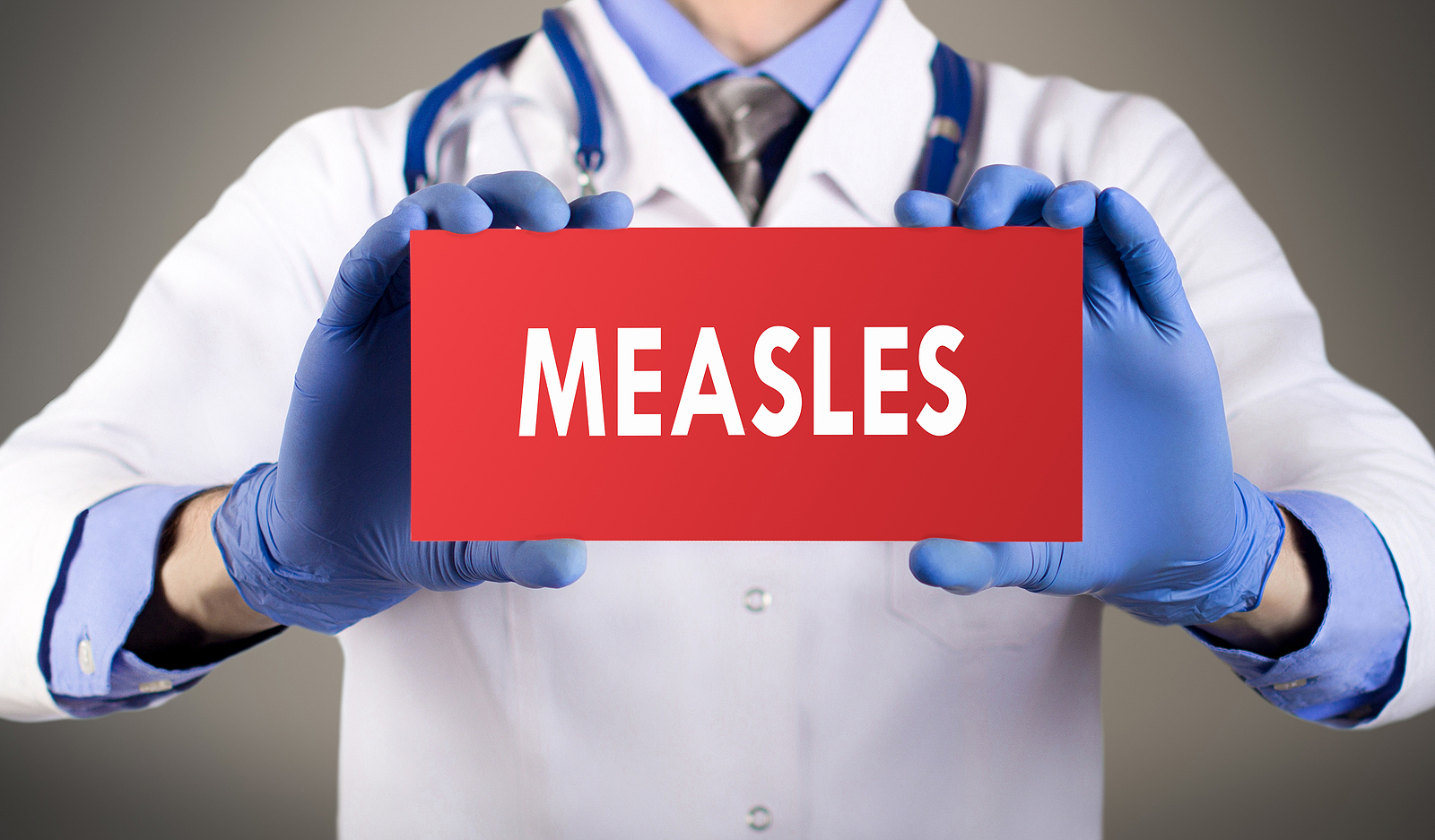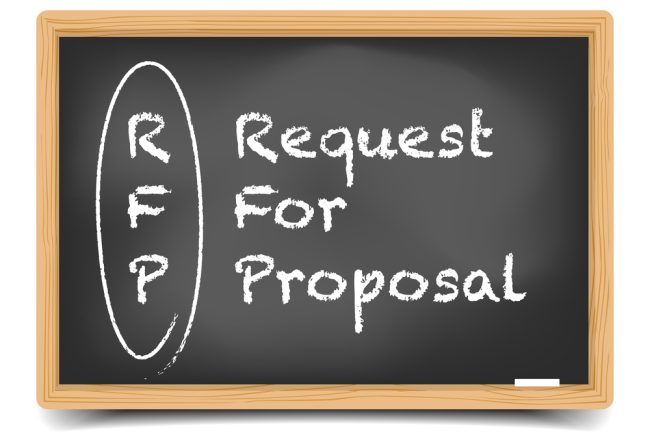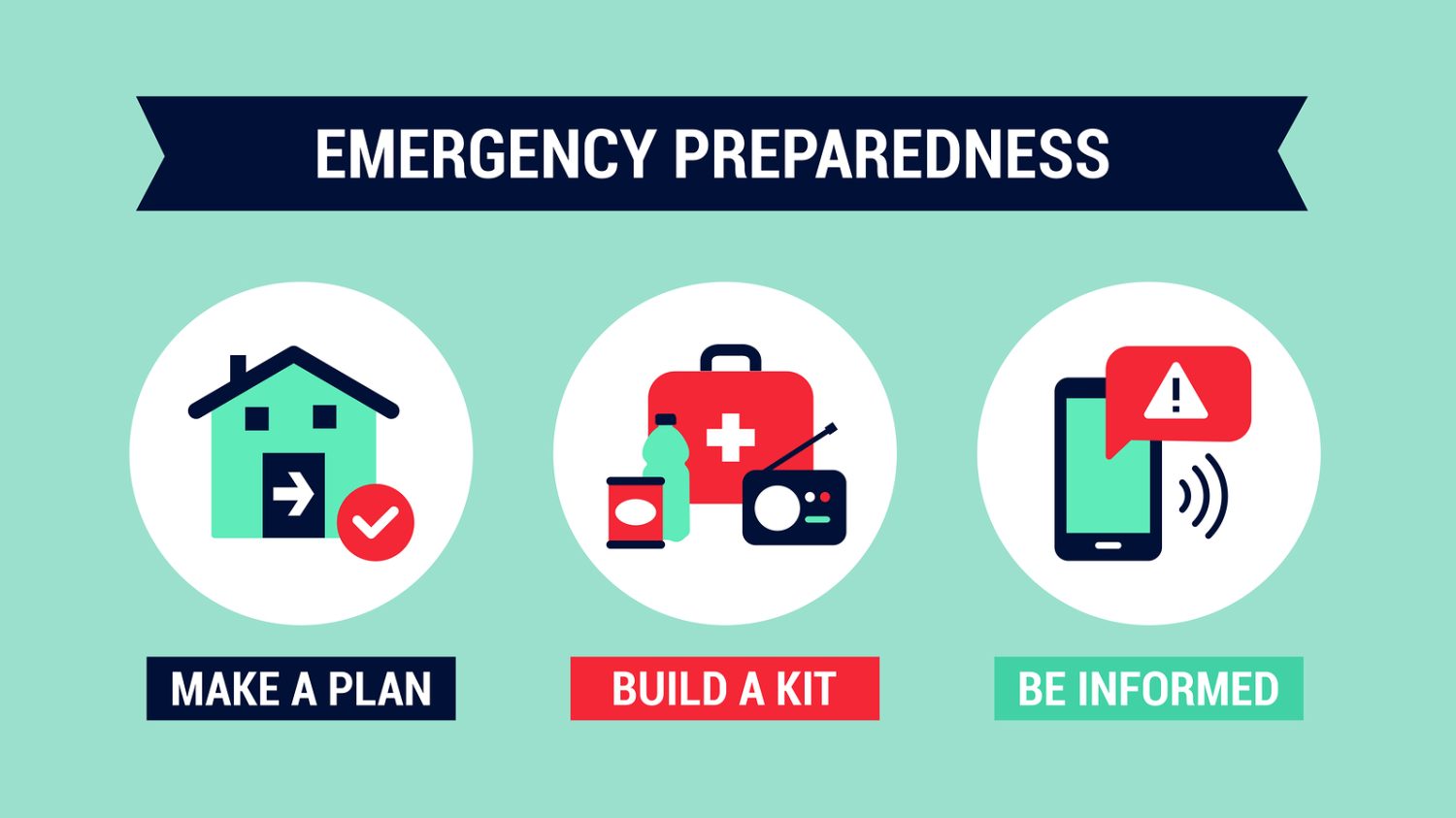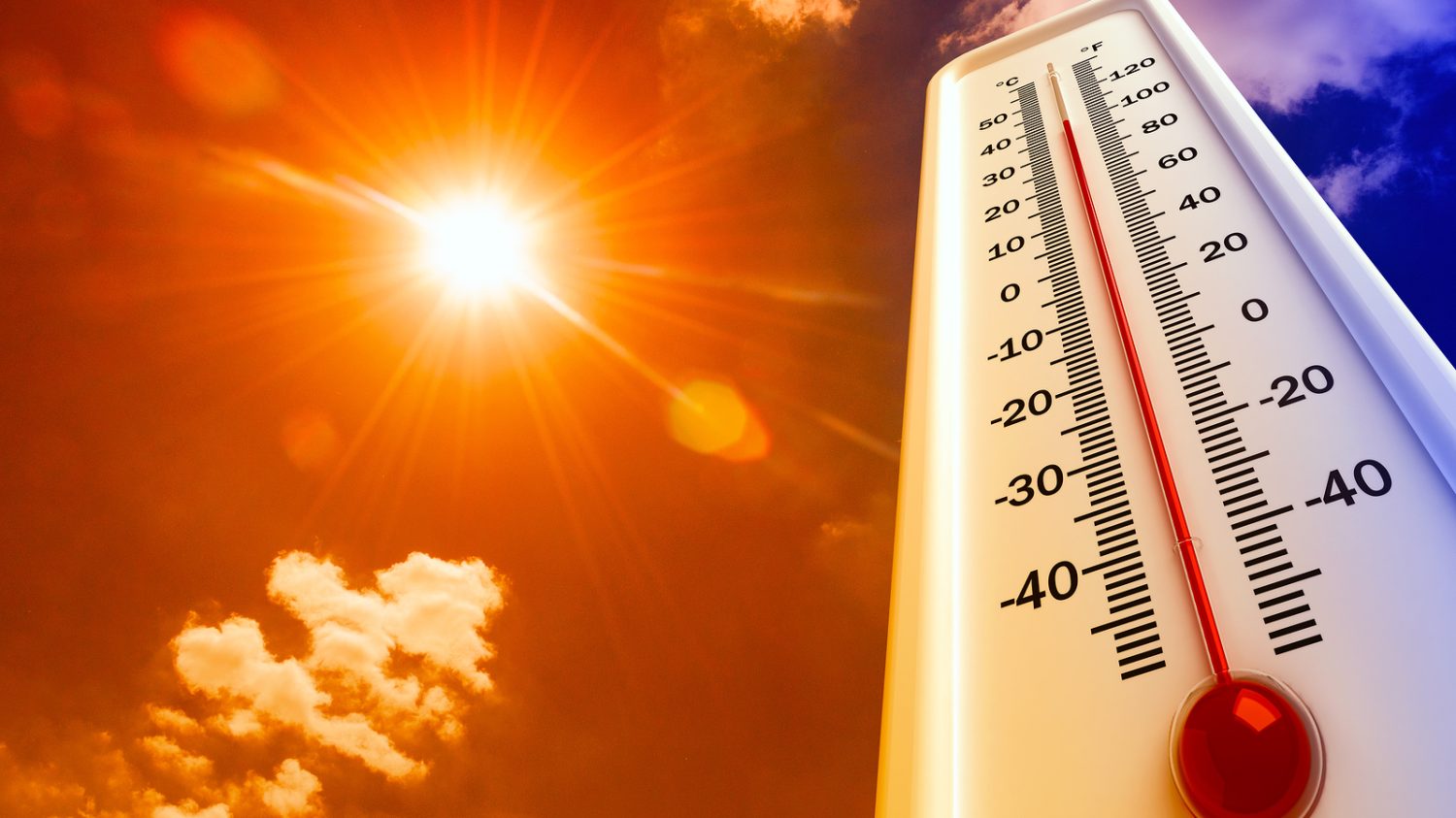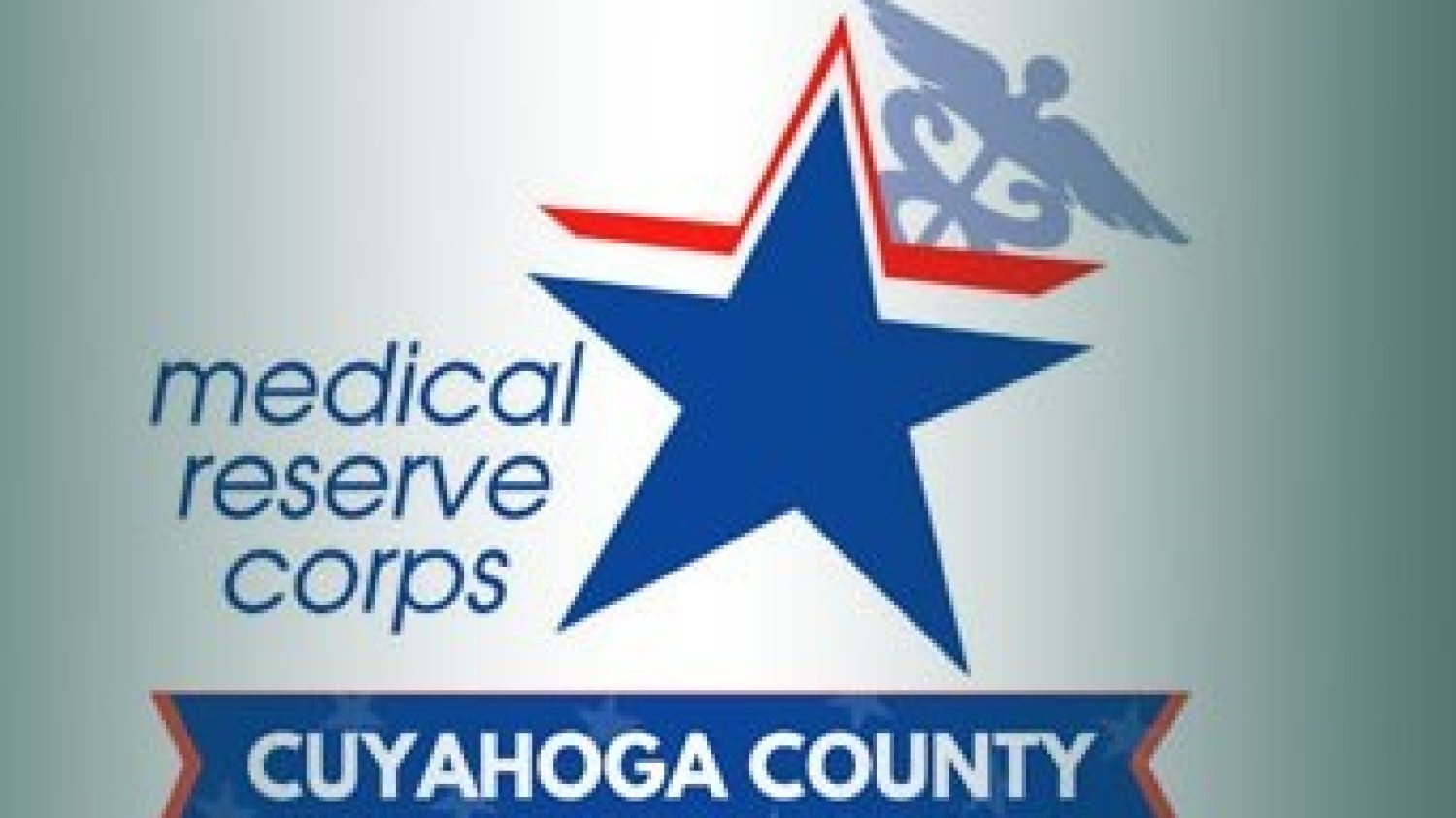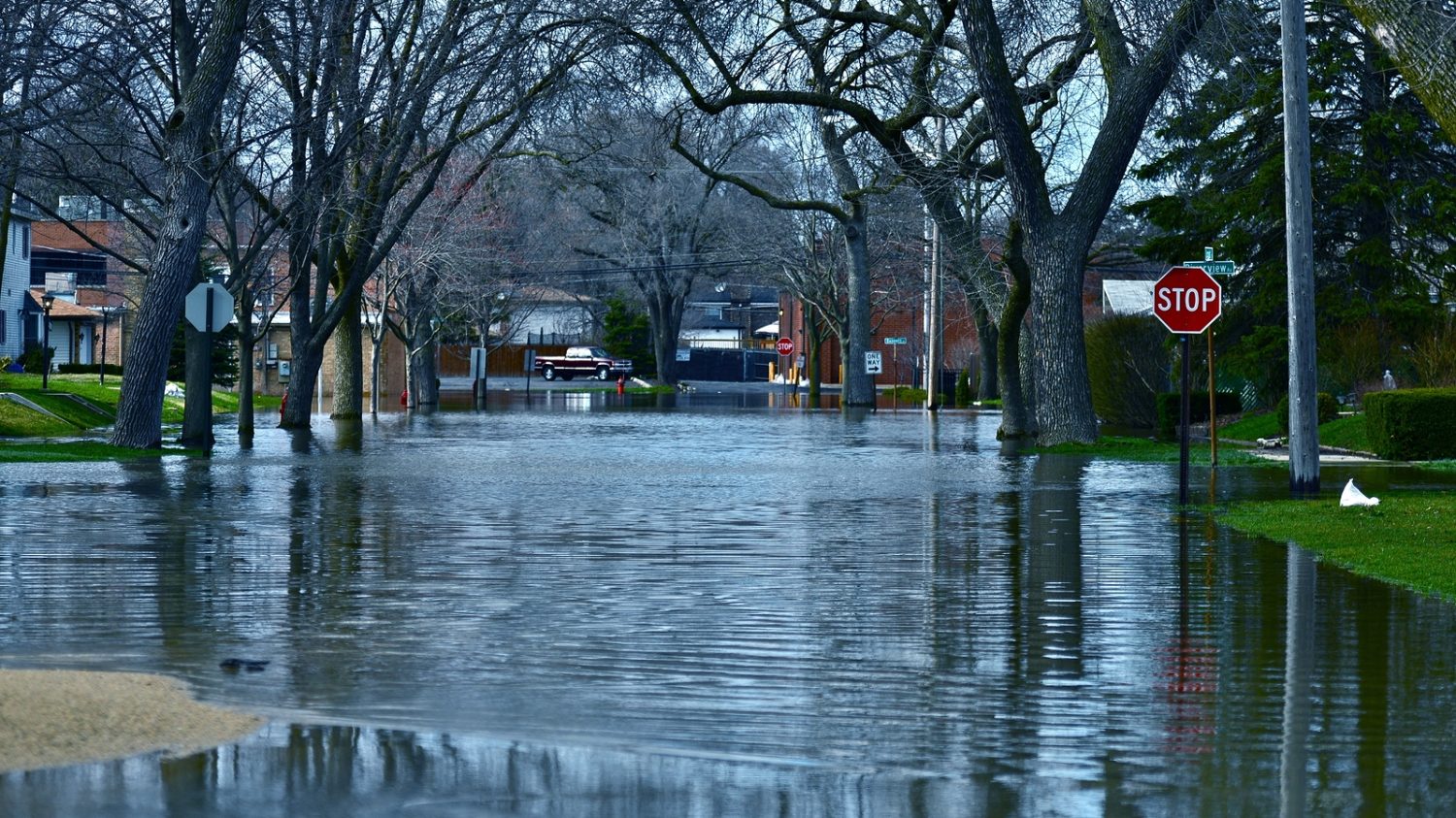Distribution of Emergency FAQ
Using PODs to Distribute Emergency Medicine and Medical Supplies
Emergency preparedness planners and public health agencies work together to maintain, review and modify local plans for the distribution of medicine and medical supplies during or following a public health emergency. PODs are an important part of any emergency response plan.
What is a Point of Dispensing, or POD?
A POD is a location used to quickly give out medicine or vaccinations to the public after an emergency. POD locations do not however offer routine medical care.
In what kind of a situation would PODs be set up?
t is rare that large numbers of people would need to take medicine or vaccinations to prevent an illness. However, community-wide exposure to an agent such as Anthrax would require POD locations to be set up to give medicine to people to prevent them from getting sick.
What happens at a POD?
People who may have been exposed would go to the POD to receive medicine. They would be asked several questions about their health. These questions would either be asked in person or written on a form.
There are usually several medicines that can be given to protect people from getting these illnesses. A doctor, pharmacist, or nurse will be at each POD and can help determine the best medicine for each person.
Where will PODs be set up?
POD locations will be set up at various locations throughout the county as needed.
Do we have access to enough emergency medications to take care of everyone?
A large supply of medicine is available through the Strategic National Stockpile. These medicines will be delivered by the state health department to the POD locations.
What kind of a biological attack might require distribution of medicine or vaccine?
An Anthrax attack would require the rapid distribution of medicine. A Smallpox attack would require the rapid distribution and administration of Smallpox vaccine.
Have PODs ever been used before?
In 2001, Anthrax was sent in the mail to several news media and government offices. This caused several illnesses and some deaths. Everyone who had come into contact with the letters was asked to take medicine to prevent Anthrax. The medicine was distributed through POD locations set up in the affected offices. Many doses of medicine were distributed within hours and days of the scare.
In 2009, numerous POD locations were activated to provide vaccine for H1N1 flu.
Who will work in the PODs?
Local volunteers and public health staff will work together in each POD. Both medical and non-medical workers will be needed to perform a wide variety of tasks necessary at the POD.
When will the PODs be open?
POD schedules will depend on how many people need to receive medicine or vaccine. If the entire city or county needs to receive medicine or vaccine, the POD locations will remain open 24 hours a day, until all goals are met.
How will people know when and where to go to a POD?
The Health Department will provide information to local news and radio stations on when and where to go. Some communities have ways to reach their citizens with emergency information through reverse 9-1-1 or AM radio stations.
What about people who do not speak English?
We know that English is not the first language of many city or county residents. Paperwork given out at a POD will be available in other languages. The Health Department also knows members of the ethnic press. We will share event details with them to help reach non-English speaking groups in the area.
Each POD will have community members selected to work at that POD to help with translation services and other special needs.
What about undocumented immigrants and visitors to Cuyahoga County?
Any residents or visitors in Cuyahoga County are able to visit a POD to receive medications.
Resources
Ohio Emergency Management Agency Point of Distribution Field Operations Guide

